Uptime Intelligence surveys the data center industry landscape to look deeper at what can actually happen in 2025 and beyond based on the latest trends and developments. The stronghold that AI has on the industry is a constant discussion - but how…
filters
Explore All Topics
This summary of the 2025 predictions highlights the growing concerns and opportunities around AI for data centers.
Power and cooling requirements for generative AI training are upending data center design and accelerating liquid cooling adoption. Mainstream business IT will not follow until resiliency and operational concerns are addressed.
Dedicated GPU infrastructure can beat the public cloud on cost. Companies considering purchasing an AI cluster need to consider utilization as the key variable in their calculations.
Uptime Intelligence looks beyond the more obvious trends of 2025 and examines some of the latest developments and challenges shaping the data center industry.
Power remains the top spending priority for most operators in 2025, but enterprises are set to increase IT hardware spending.
The EU's NIS 2 directive requires all organizations operating in Europe to comply with 10 essential cybersecurity measures, but many data center operators remain unprepared.
The Uptime Intelligence research agenda includes a list of published and planned research reports for 2025, and is focused on Uptime Intelligence primary coverage areas: 1) power generation, distribution, energy storage; 2) data center management…
As a quick reference, we have provided links below to all the research reports published by Uptime Intelligence in 2024, by month. Research areas focused on 1) power generation, distribution, energy storage; 2) data center management software; 3)…
As AI supercharges the growth in data center energy demands, new developments are likely to be increasingly politicized. Central governments may support their expansion, but opposition from local authorities and environmentalists will grow.
Uptime Institute's 2024 Capacity Trends and Cloud Survey (n=770) benchmarks data center capacity trends and looks at IT growth rates and how operators are adding data center capacity by building new and/or expanding existing facilities. The survey…
Supersized generative AI models are placing onerous demands on both IT and facilities infrastructure. The challenge for next-generation AI infrastructure will be power, forcing operators to explore new electrification architectures.
Power grids are under stress, struggling to meet future demand and increasingly prone to outages. More utilities will expect data centers to contribute power - and be more flexible in their use of power.
Cloud providers need to win AI use cases in their early stages of development. If they fail to attract customers, their AI applications may be locked-in to rival platforms and harder to move, which can have serious repercussions.
As the industry power demand grows, IT operators must focus on both IT infrastructure power demand and supply. A portion of the required power growth can be eliminated through better utilization of existing and new IT infrastructure and software…
 Andy Lawrence
Andy Lawrence
 Dr. Owen Rogers
Dr. Owen Rogers
 Max Smolaks
Max Smolaks
 Daniel Bizo
Daniel Bizo
 Douglas Donnellan
Douglas Donnellan
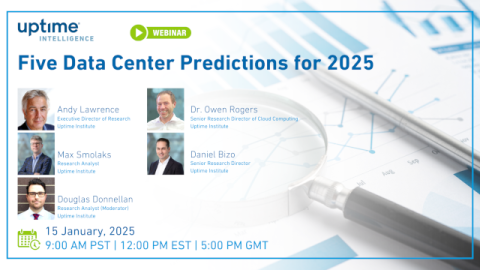

 Jacqueline Davis
Jacqueline Davis


 Peter Judge
Peter Judge
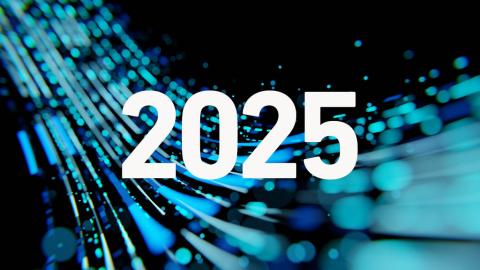
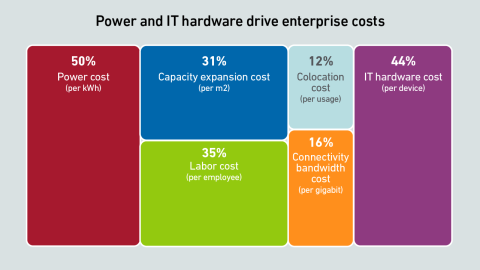
 John O'Brien
John O'Brien
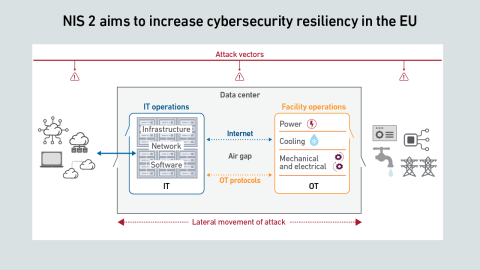



 Anthony Sbarra
Anthony Sbarra
 Laurie Williams
Laurie Williams
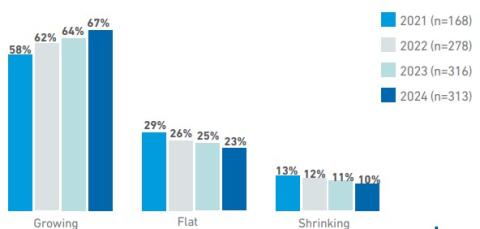

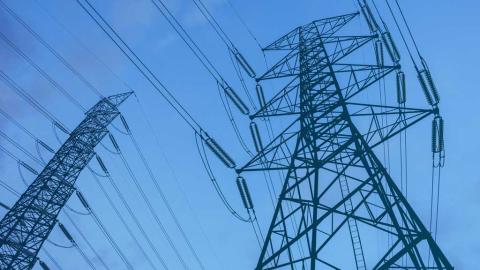

 Jay Dietrich
Jay Dietrich
